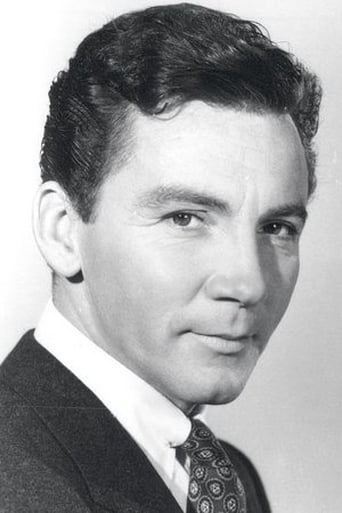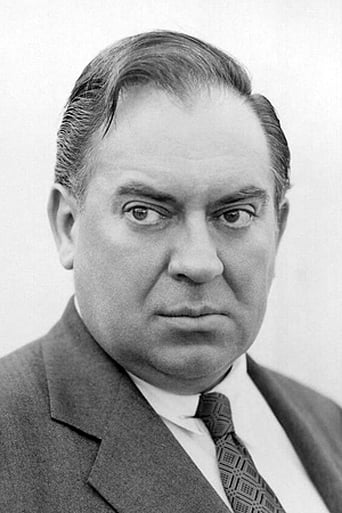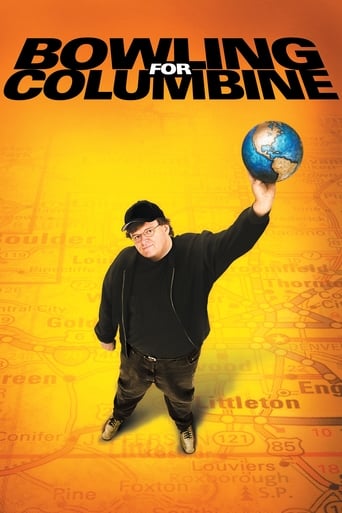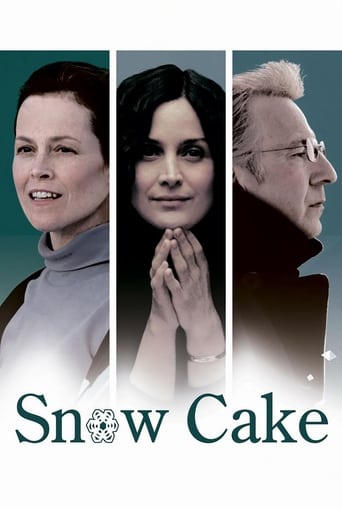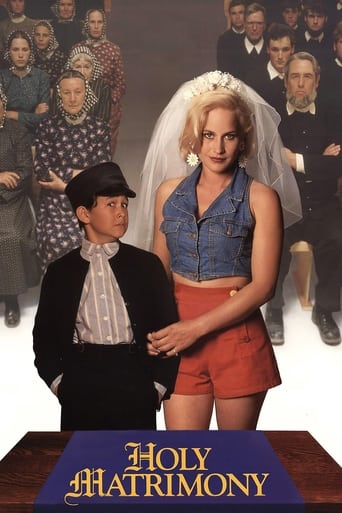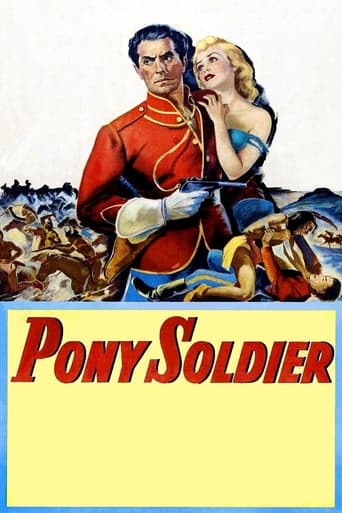
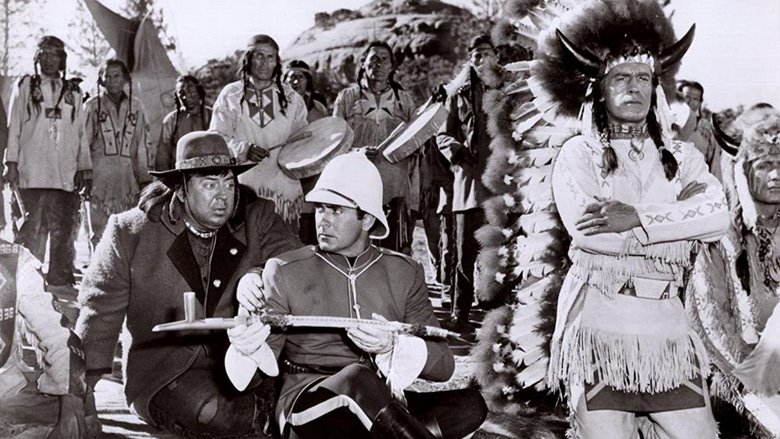
Pony Soldier (1952)
Duncan MacDonald, a 19th-century Royal Canadian Mountie, has to escort a group of Cree Indians back to their above-the-border reservation. His guide in this endeavor is the not-too-trustworthy half-breed Natayo.
Watch Trailer
Cast
Similar titles
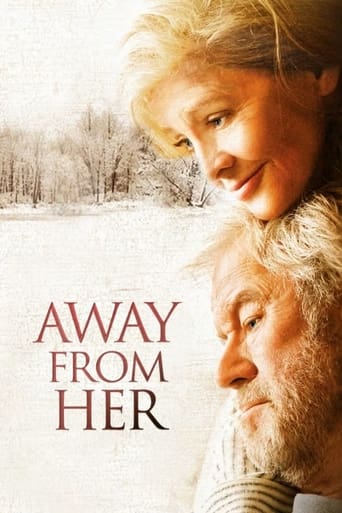
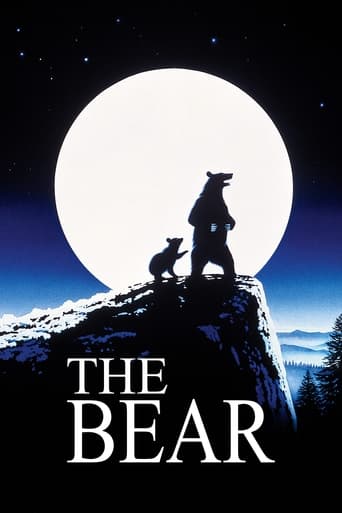
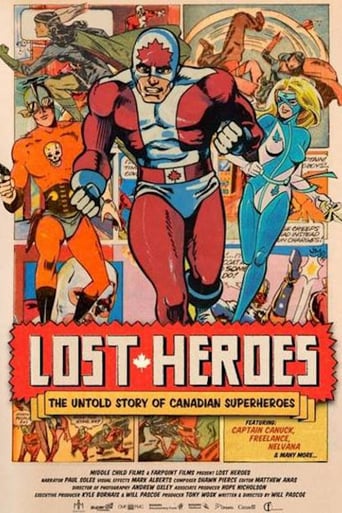
Reviews
This movie was so-so. It had it's moments, but wasn't the greatest.
The joyful confection is coated in a sparkly gloss, bright enough to gleam from the darkest, most cynical corners.
Each character in this movie — down to the smallest one — is an individual rather than a type, prone to spontaneous changes of mood and sometimes amusing outbursts of pettiness or ill humor.
Although I seem to have had higher expectations than I thought, the movie is super entertaining.
Fictional tale of interactions between a band of plains Cree in SW Saskatchewan, and the US Cavalry, on the one hand, followed by the newly emplaced Canadian Northwest Mounted Police, represented by one lone Mountie(Tyrone Power, as Duncan McDonald). As the story begins, a band of Cree, under the leadership of Standing Bear((Stuart Randall), have illegally relocated to Montana, where they hoped the bison had not been decimated, as they were starving. With the Technicolor cinematography, we see the largely pink and rusty red colors of the Arizona Colorado Plateau, and of Red Rock Canyon, in CA, instead of the expected Saskatchewan landscape....... The early spectacular battle scene between US cavalry and Cree, in the shallow water of a flood plain, clearly was lifted from the similar scene in the 1944 "Buffalo Bill", which I had seen earlier. The Cree decided the US plains was too dangerous to stay long, Thus, they crossed over to Canada, but not to their reservation. Thus, the Inspector(commander)(Howard Petrie) of the Mountie Fort Walsh sent a newly arrived recruit named Duncan MacDonald(Tyrone Power) to encourage the Cree to return to their former starvation reservation, and to release 2 white captives. MacDonald was termed by the Indians as a pony soldier......There are a number of action scenes scattered through the film, although much time is spent in negotiations and riding around. MacDonald is initially accompanied by Nayato(Thomas Gomez), who is rather afraid of the Cree, as his father was an enemy Blackfoot. He disappears about halfway through, as MacDonald sends him back to the fort. His place is more or less taken by a half-grown Cree orphan (Anthony Numkena, as Comes Running), who throws himself at MacDonald, whom he hopes will be his new father. The inclusion of this cute kid serves to lighten the otherwise serious nature of the screenplay. He will eventually come in handy when the war chief Konah tries to shoot MacDonald with an arrow........A council of chiefs and elders considers whether to accept MacDonald's demand to return to their reservation and release the captives unharmed. Meanwhile, the male captive, of somewhat disreputable background(Robert Hoston, as Jess), tries to escape, using a teepee stake as a club. He is attacked by Chief Konah's brother, who, in turn is killed by his own tomahawk. Jess almost pays with his life, as MacDonald shoots him off his getaway horse. This was a very risky thing for MacDonald to do, as he is charged with bringing the captives to the fort, unharmed. In retaliation for Jess's killing of his brother, Konah and others abduct the young woman captive: Emerald(Penny Edwards), tie her to a stake, and build a bond fire near her, with the purpose of burning her alive. If they intended to burn her, why did they set the fire some distance from her, rather than around her? This allowed MacDonald time to find her and fight with the Indians before she was burned......The screenplay purports to demonstrate that patient negotiation is often a better way than violence to settle a dispute, I'm still not sure why the Cree agreed to go back to their reservation, where they were starving. Also, I don't understand the bit about a supposed mirage of a river steamboat that everyone saw. What were they smoking? Incidentally, the only historic Standing Bear I could find reference to was a chief of the Ponco tribe, found in the central Midwest. In summary, this is a reasonably entertaining Northern, with some indications of a limited budget. See it at YouTube
It's 1876. The Cree Indians of Saskatchewan have crossed the US border to hunt buffalo. There is a clash with the US cavalry and Standing Bear leads his Cree back across the border, taking two white hostages. It's the task of Constable Tyrone Power in full RCMP panoply to located the Cree, rescue the hostages, and talk Standing Bear into returning to the reservation, where they will be provided with food and shelter. Standing Bear is a reasonable guy. But he has to contend with Cameron Mitchell as Konah, the young Turk who wants to kill all the white. Likewise, one of the white hostages, a bank robber, would love to kill all the Indians. How do you handle a minority that actually seems to enjoy the prospect of war and killing? It's a perennial problem and culture doesn't seem to count for much.It's an unusual Western in that it deals as much with the issues facing the Cree as it does with the problems facing Tyrone Power. Power is the protagonist, the principled central figure, but the milieu is that of the Cree, and they're no more stereotyped than any other group liable to be found in a typical 1950s feature film.Standing Bear is thoughtful, spiritual, democratic, and a man of his word. But the aggressive Konah is not shown as evil either, just mistaken in his values. Of course, he gets it in the end anyway. There must be a final shoot out in a Western and somebody has to die.The dialog gets a couple of things right. Duncan in Gaelic may very well mean "brown warrior." The Cree and the American Blackfeet actually were at odds with one another. And the talk of "medicine" was real enough -- and still is. I lived with the Blackfeet as an anthropologist and the medicine man has a social status at least equal to that of his Christian counterpart.At the same time, the dialog is stilted and "Indian-like". In the case of Thomas Gomez, as the comic sidekick, it sounds like Charlie Chan. And although the narration refers to the humiliation of the Cree's defeat at the hands of the Long Knives, the Plains Indians didn't really care much about victory or defeat. Like T. E. Lawrence's Arabs, they fought for a while and then went home when they were tired of it.The movie isn't filled with action, and I must say not all of it rings true. It's more suspenseful than thrilling, but the musical score hints at Canada's national anthem and the photography can be luscious. It's enlightening too. Canada is as vast as the US, had all kinds of Indians and still does. Yet it never went through the genocidal Indian Wars that America did. I wonder how come? Did we have more Konahs, on both sides?
20th. Century Fox's 1952 production PONY SOLDIER (aka. "MacDonald Of the Canadian Mounties") is a somewhat disappointing and quite action-less adventure and even more so when one considers that it is one of the few westerns the estimable Tyrone Power appeared in. Produced for the studio by Samuel G.Engel it did however have a few saving graces and not least the stunning colour cinematography of Coconimon National Forest by Harry Jackson and a driving ethnic score by composer Alex North. Thinly written for the screen by John C.Higgins it was however ably directed by Joseph M.Newman.It is 1876 and constable Duncun MacDonald (Tyrone Power) of the Royal Canadian Mounted police is given an assignment to investigate the reason why the Cree Indians are massing along the Canadian/US border and attacking wagons crossing into Canada. With a half-caste guide (Thomas Gomez) he makes the long trek to the Indian camp to speak to the chief (Sturt Randall) and discovers the tribe have taken two white captives - a woman (Penny Edwards) and an unscrupulous ex-convict (Robert Horton). Now, besides trying to persuade the Crees to return to the reservation he must also endeavour to negotiate the release of the two hostages. However, the hatred of one of the chiefs (Cameron Mitchell) for all whites makes it impossible for the young constable to achieve anything culminating in a hand to hand fight to the death in the final reel.Although it's a beautiful looking movie (Ty Power's red tunic is luminous) and the scenes in the Indian camp are quite colourful the picture can often be dull and boring. Particularly tedious and tiresome is the relationship that develops between Power and an Indian boy who befriends him. There is much too much screen time wasted here and is simply just padding to fill in the running time. There is very little action throughout the movie which really only occurs in the film's first fifteen minutes and comes from stock footage culled from the studio's earlier "Buffalo Bill" (1944). Anthony Quinn who played chief Yellow Hand in that picture remember - can clearly be identified here as he runs and leaps onto his pinto pony to lead his warriors from the camp to engage with the US cavalry in William Wellman's classic battle scene from that earlier movie.On the plus side are reasonably good performances. Power is his usual polished self and Cameron Mitchell is very authentic and striking looking as the militant and vengeful warrior. The female lead is taken by pretty Penny Edwards as one of the captives but has little to do and isn't in it very much. The "B" picture actress has hardly more than a dozen words of dialogue to say in what must be her only A list movie and playing opposite one of Hollywood's biggest stars. Also of note is the sparkling score by Alex North. There's a savage atmospheric Indian theme heard in its broadest rendition under the titles with baying horns against wild woodwind figures. It perfectly conjures up the will and determination of the Canadian Cree nation. And discerned here in the great composer's music are little hints of the masterwork he would conceive ten years later for one of the finest scores ever written for the screen - "Spartacus".PONY SOLDIER is no earth shattering viewing experience at all but with its few saving graces and the presence of its appealing star it is just about worth a look.
Tyrone Power is the title character in this good western whose mission is to effect the return of the Cree tribe from the United States back to Canada in the name of the Queen. Of course, the Indians just want to hunt and return to their old way of life and to lift a few scalps along the way. Power is aided by a trail-savvy, talkative half-breed scout who provides droll comic relief along the way. The film has more dialogue than action, although white hostages held by the Indians lead to some tense moments for the Mountie. The officer's peace efforts are threatened by a band of hostile Indians, with most of the skirmishes coming at the end of the picture. The movie has a great cast of western character actors and the camera work is also very good.

